Safe Storage Laws
Safe and proper storage is the #1 way to prevent firearm accidents at home
What’s the law?
If you have a gun and children at home, STORE it, SECURE it, and keep it UNLOADED and away from kids.
What to use
- Cable Locks
- Guns Safe
- Lockbox
- Store ammunition in a separate and locked container
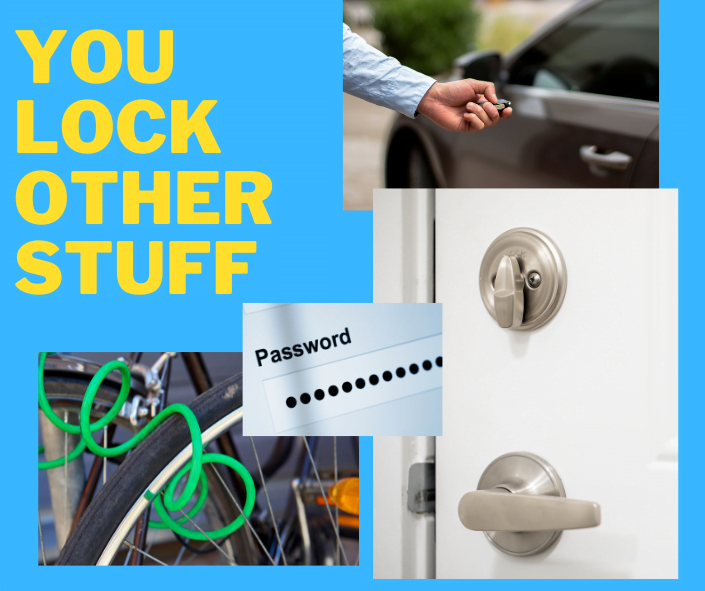
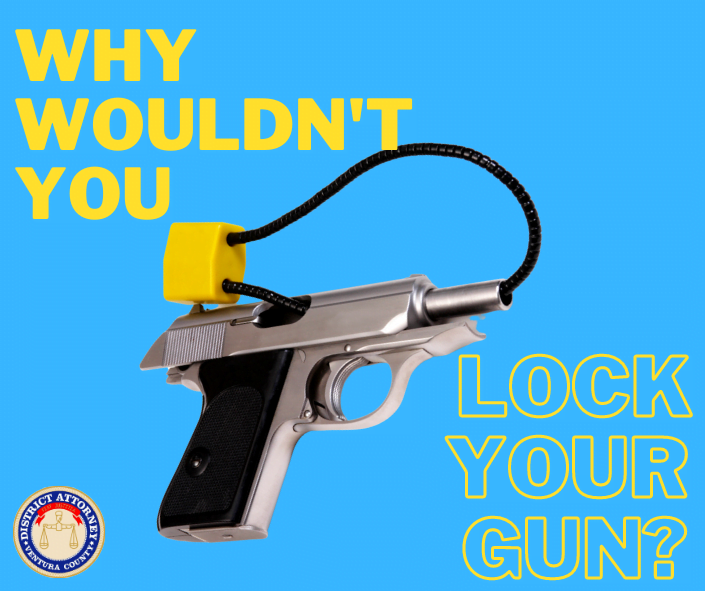
Just the FACTS
Firearms are the number one cause of death for children and teen in the U.S., surpassing motor vehicle collisions. Kids having easy access to unsecured firearms in the house is among the reasons why.
A child could discover a gun when a parent or another adult is not present. This could happen in the child’s own home; the home of a neighbor, friend or relative; or in a public place. If this should happen, a child should know the following rules:
STOP
DON’T TOUCH
LEAVE THE AREA
& TELL AN ADULT
Under California law, a person may be held criminally liable for illegally storing firearms around people who legally cannot possess firearms, if all of the following may be proven:
- The person kept a firearm within premises under their custody or control.
- They knew or reasonably should have known that another person who was legally prohibited from possessing firearms by state or federal law was likely to gain access to the firearm.
- The legally prohibited person did in fact gain access to the firearm.
- As a result, the legally prohibited person caused injury to themselves or others, carried the firearm to a public place, or illegally brandished the firearm.
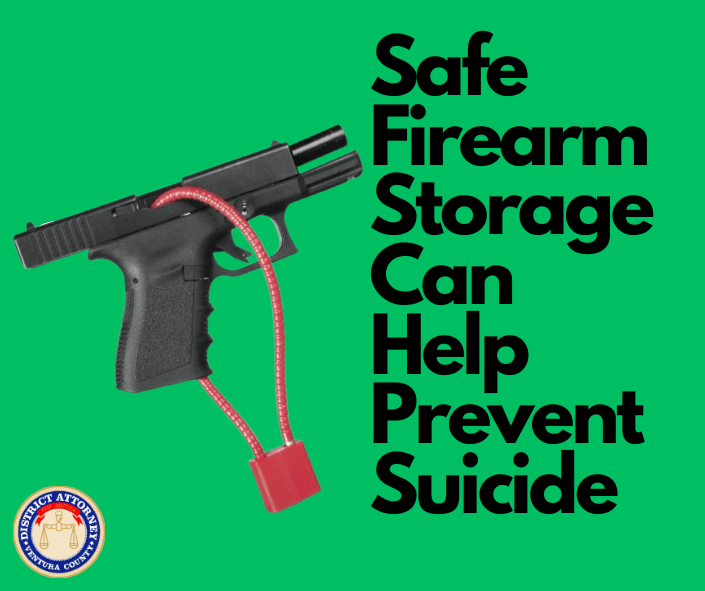
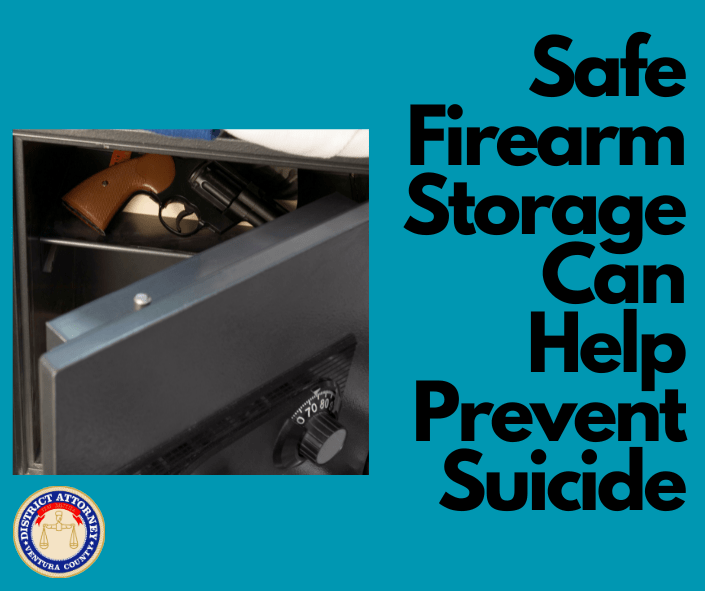
Child Access Prevention
Keep guns unloaded, locked away, and Safely Out of Reach
California enacted legislation in 2022 that will require K-12 school districts, county offices of education, and charter schools to provide annual notices to students’ parents at the beginning of each school year about California’s child access prevention and safe firearm storage laws.
RULES FOR KIDS
Adults should be aware that a child could discover a gun when a parent or another adult is not present. This could happen in the child’s own home; the home of a neighbor, friend or relative; or in a public place such as a school or park. If this should happen, a child should know the following rules and be taught to practice them.
- Stop
The first rule for a child to follow if he/she finds or sees a gun is to stop what he/she is doing. - Don’t Touch!
The second rule is for a child not to touch a gun he/she finds or sees. A child may think the best thing to do if he/she finds a gun is to pick it up and take it to an adult. A child needs to know he/she should NEVER touch a gun he/she may find or see. - Leave the Area
The third rule is to immediately leave the area. This would include never taking a gun away from another child or trying to stop someone from using gun. - Tell an Adult
The last rule is for a child to tell an adult about the gun he/she has seen. This includes times when other kids are playing with or shooting a gun. Please note that, while there is no better advice at this time for children or adolescents who encounter a gun by happenstance, the California Chapter of the American College of Emergency Physicians reports that such warnings alone may be insufficient accident prevention measures with children and adolescents.
METHODS OF CHILDPROOFING YOUR FIREARM
As a responsible handgun owner, you must recognize the need and be aware of the methods of childproofing your handgun, whether or not you have children.
Whenever children could be around, whether your own, or a friend’s, relative’s or neighbor’s, additional safety steps should be taken when storing firearms and ammunition in your home.
- Always store your firearm unloaded.
- Use a firearms safety device AND store the firearm in a locked container.
- Store the ammunition separately in a locked container.
Always storing your firearm securely is the best method of childproofing your firearm; however, your choice of a storage place can add another element of safety. Carefully choose the storage place in your home especially if children may be around.
- Do not store your firearm where it is visible.
- Do not store your firearm in a bedside table, under your mattress or pillow, or on a closet shelf.
- Do not store your firearm among your valuables (such as jewelry or cameras) unless it is locked in a secure container.
- Consider storing firearms not possessed for self-defense in a safe and secure manner away from the home.
Ghost Guns
It is a crime under California law to manufacture or cause the manufacture of handgun models that have not been tested and certified under consumer protection law.
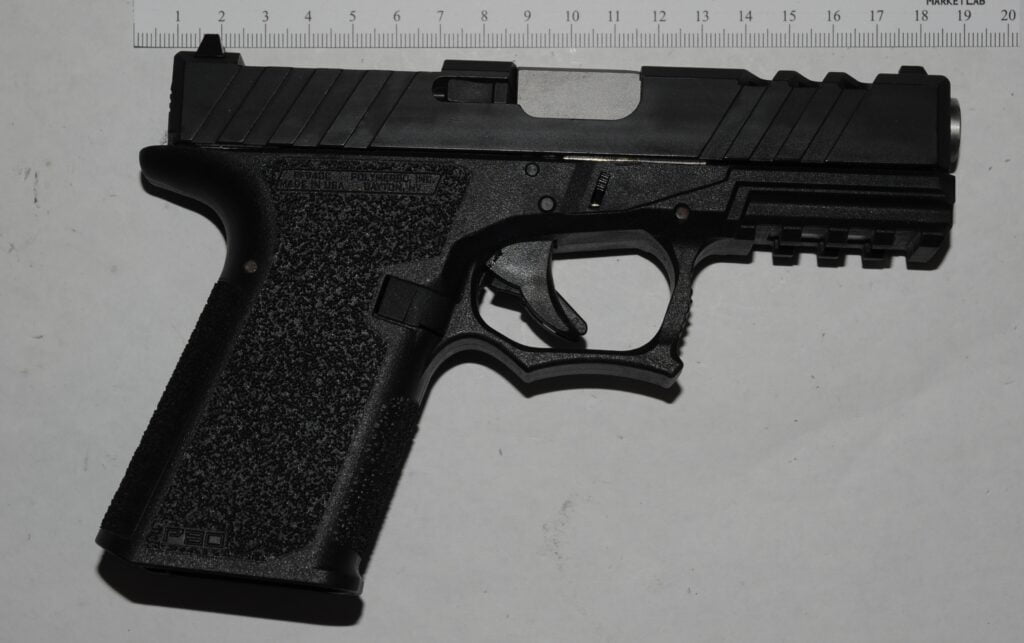

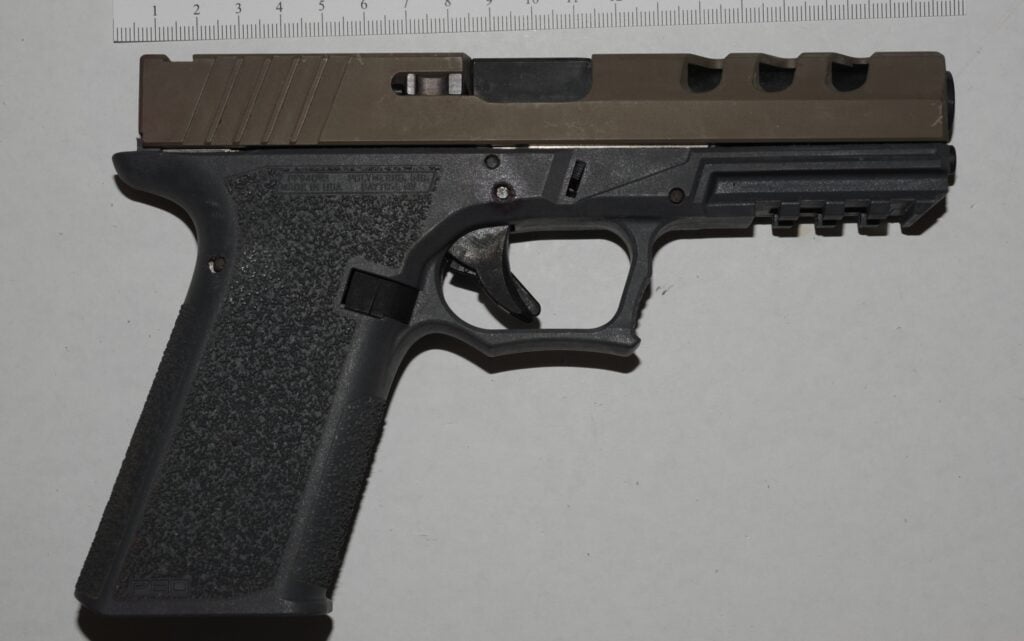
California law treats the sale, transfer, and manufacture of both completed and unfinished frames or receivers (defined as “firearm precursor parts”) the same way state law treats the sale, transfer, and manufacture of fully assembled guns.
All people who are legally disqualified from purchasing or obtaining fully assembled firearms (due to age, criminal history, court order, etc.) are legally disqualified from purchasing or obtaining both completed and unfinished frames or receivers as well.
Red Flag Laws
A “red flag law” allows certain people to seek a Gun Violence Restraining Order (GVRO) against someone deemed to be a threat to themselves or a threat to others. A GVRO temporarily removes firearms and ammunition from their possession.
What can a gun violence restraining order do?
A judge can grant a gun violence restraining order to stop someone from having, owning, or buying any firearms (guns), firearm parts, ammunition, or magazines. Once an order is granted by a judge, the police can be called to enforce the order and the restrained person will have to turn in any firearms or ammunition they have.
Who can get a gun violence restraining order?
- Family members
- Current or recent household members
- Employers
- Co-workers can file if:
- they had substantial and regular interactions with the other person for at least one year, and
- they have obtained the approval of the employer to file the petition
- Teachers can file if:
- they are a teacher of a secondary (including lower, middle, or high school) or postsecondary school
- they get the approval of a school administrator or a school administration staff member, and
- that person has a supervisorial role.
You can ask a law enforcement officer to ask for a gun violence restraining order. If it is an emergency, you can call police and ask for one right away.
If you do not want to call police for help, you can ask for this restraining order yourself.
Domestic Violence Restraining Orders (DVRO’s)
Under California law, individuals may seek a domestic violence protective order, prohibiting the purchase or possession of firearms, against:
- A spouse or former spouse
- A former or current dating partner
- Any person who is presently or has in the past resided with the individual; or any family member, even if the respondent has never resided with the individual.
California also prohibits people who are subjects of domestic violence restraining orders from owning or possessing ammunition and certain ghost gun kits and firearm components.
Family Justice Center Restraining Order Workshops
Gun Relinquishment Grant
In a new and unique partnership, the Ventura County Superior Court and the Ventura County District Attorney’s Office, Bureau of Investigation will work together under a new Firearm Relinquishment Grant. State grant funding of $1.4 million dollars will support court-based firearm relinquishment programs that ensure the safe removal of firearms from individuals who become prohibited from possessing firearms pursuant to a court order.
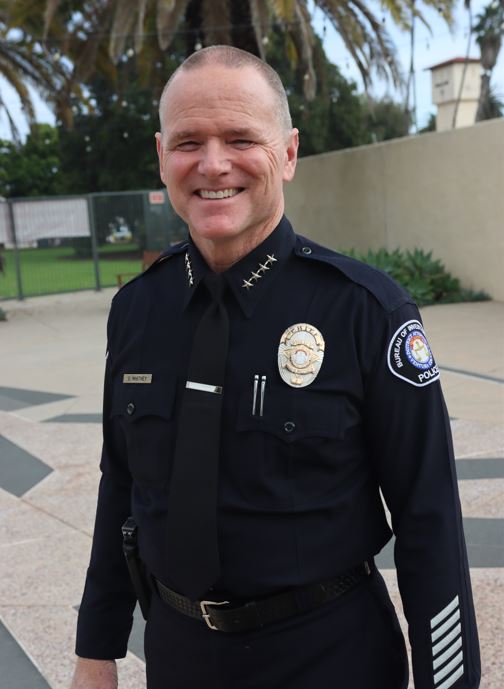
We’re going to work closely with the Superior Court. We’ll seek firearm relinquishment compliance related to domestic violence restraining orders, gun violence restraining orders, and any other civil protective orders. The grant funded investigator will also enforce firearm restrictions when appropriate.
Scott Whitney
Chief, DA Bureau of Investigation
